Get ready to roar and rumble as boisterously as the grand spectacle of a lion dance! The lion dance, called mou si (舞獅) in Cantonese and wǔshī (舞狮) in Mandarin, is a traditional dance often seen in parades and public squares in Chinese and other Asian cultures. The celebratory performance is known to bring good luck and a wealth of abundance. Dance along to learn more about this dazzling performance!
What is the lion dance?
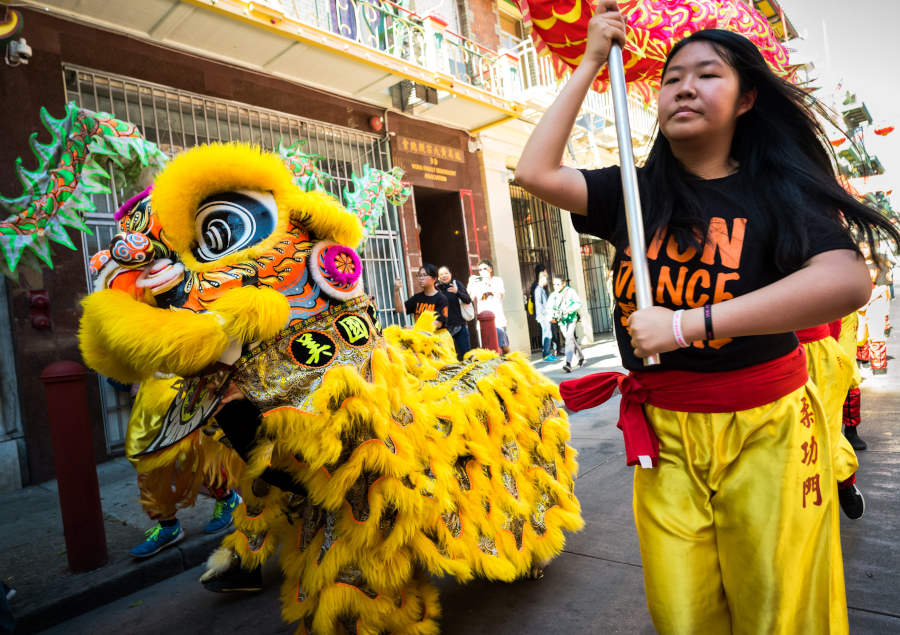
The lion dance is a traditional performance that takes place around major holidays in Asia like Lunar New Year, as well as important days like business openings.
It features highly skilled performers who are typically martial arts practitioners dancing to the beat of drums, cymbals, and gongs. Nothing short of a spectacle, each move builds suspense with their jaw-dropping, bewildering, and grandiose effects. The trained dancers’ movements mimic the fierceness and power of the lion, which include the way a lion walks and kung fu elements. The flamboyant lion costume features two parts – the head and the rest of the body – sported by two people on each end.
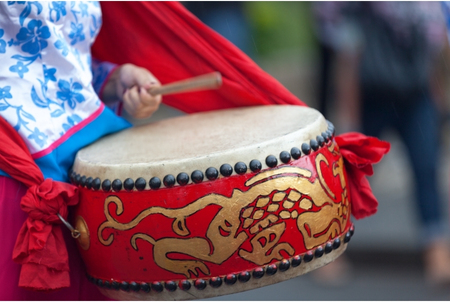
The head is normally oversized, sometimes weighing in at 5kg, and constructed using a bamboo frame or wood. The front portion is then plastered with sandpaper, gauze, and artificial fur. The rest of the costume is dressed in coloured cloth and artificial fur. Dancers wear complementing pants to blend in and finish the fully covered look. Overall, the look is shaggy, like the king of the jungle, yet vibrant in colour and texture.
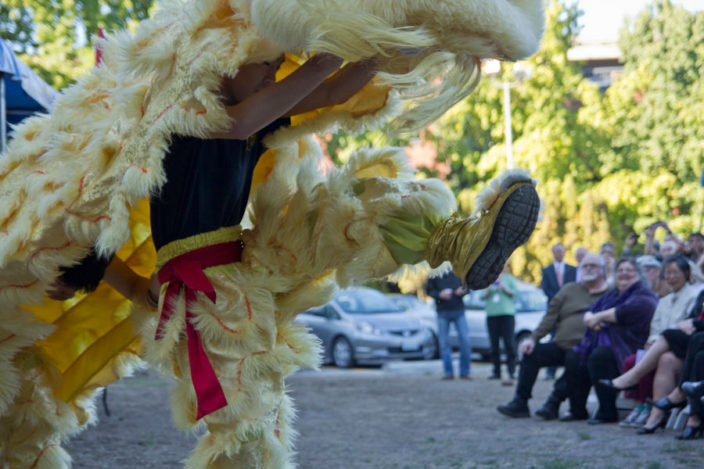
The lion dance has different styles that stem from the northern and southern regions of Asia. The Northern style popular in Beijing, Hebei, and Shanxi boasts a more playful and relaxed performance that displays a strong bond of family unity. Often times, this style features two adult lions and two cubs that playfully tease each other to highlight happiness. The Southern style originating from Guangdong Province features more energised and acrobatic movements that are a testament to the strength and boldness of a lion. This style is more notable in Hong Kong.
Lion dance vs. dragon dance
Though the former is more popular than the latter, the lion dance can sometimes be confused with the dragon dance. As noted, the lion dance features specialised dancers who have expertise in martial arts dressing in a roaring costume, both physically and energetically.
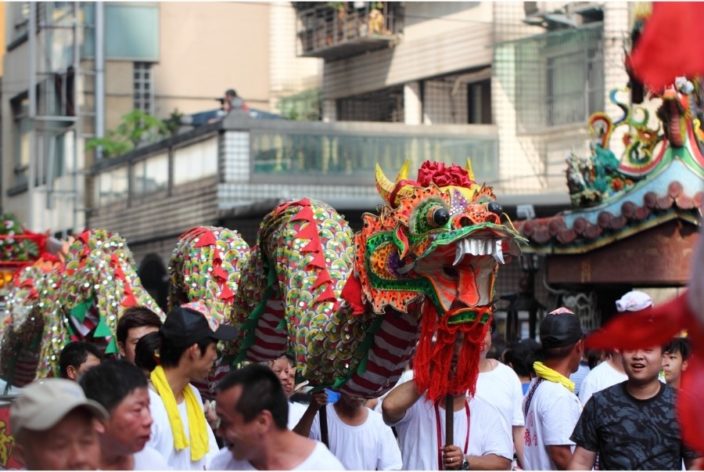
On the contrary, the dragon dance has a more suave and relaxed appearance; it’s also done with more than two performers. These performers don’t need to dress as dragons themselves as the dragon body is perched atop poles that they lift up in the air. This particular dance stresses smooth footwork more than anything. Given the length a dragon costume can go, a string of dancers and their coordination are required for this dance.
How did the lion dance originate?
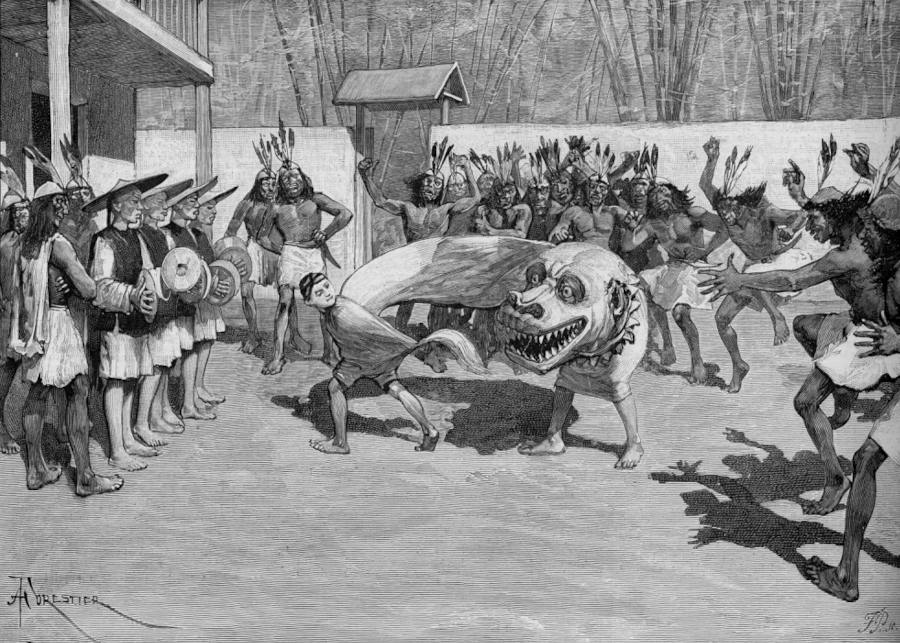
The origins of the lion dance have been widely debated. Multiple stories have emerged in common discourse, one being about an emperor who dreamt of a creature saving his life; when describing its appearance, the emperor said that the creature resembled a lion. And from then on, the lion became known to spearhead good luck.
Nonetheless, there is a common denominator in the various narratives. Dating back to the Han Dynasty (202 BC – 220 AD), lions were considered to be mythical creatures, as there was no known evidence of their existence at the time. It wasn’t until the great trades from the establishment of the Silk Road that lions were discovered in the Western regions of China and brought to the Central Plains as gifts to emperors.
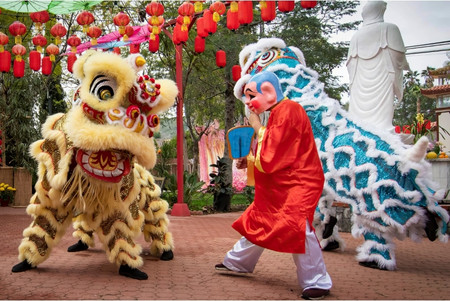
From then on, lions became a significant part in the molding of Chinese culture. People began mimicking the appearance and nature of lions in performances, which then carried forward into the Three Kingdoms Period, the Northern and Southern dynasties when the rise of Buddhism took place, and into the Tang Dynasty when the lion dance was used as a court dance. Since then, the lion dance evolved into a lavish performance fit for big celebrations and holidays.
What does the lion dance symbolize?
As the lion dance became a staple in Chinese culture, it’s no surprise that the grand spectacle bears auspicious meaning.
The lion itself symbolises power, strength, stability, and superiority. Its majestic nature warrants these enduring adjectives which only then makes sense that people see it as a creature of good luck and blessings. This paves the way for the lion dance.
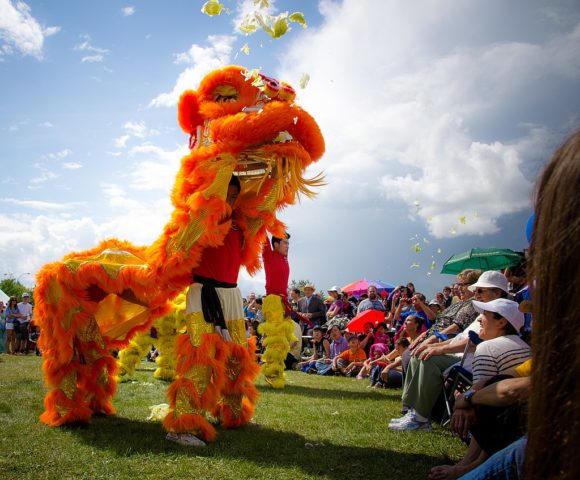
The lion dance symbolises good luck, abundance and prosperity. Further, the loud and boisterous clanging noise is believed to drive away bad luck and evil spirits.
Within the dance performance, the audience may observe the lion being fed lettuce. The notable feature is part of the Southern style and is symbolic because the word for lettuce, saang choi (生菜) in Cantonese and sheng cai (生菜) in Mandarin, sounds similar to the word for wealth. The dancers then spit the lettuce out as a way to shower people with good luck.
Where to see lion dances in Hong Kong
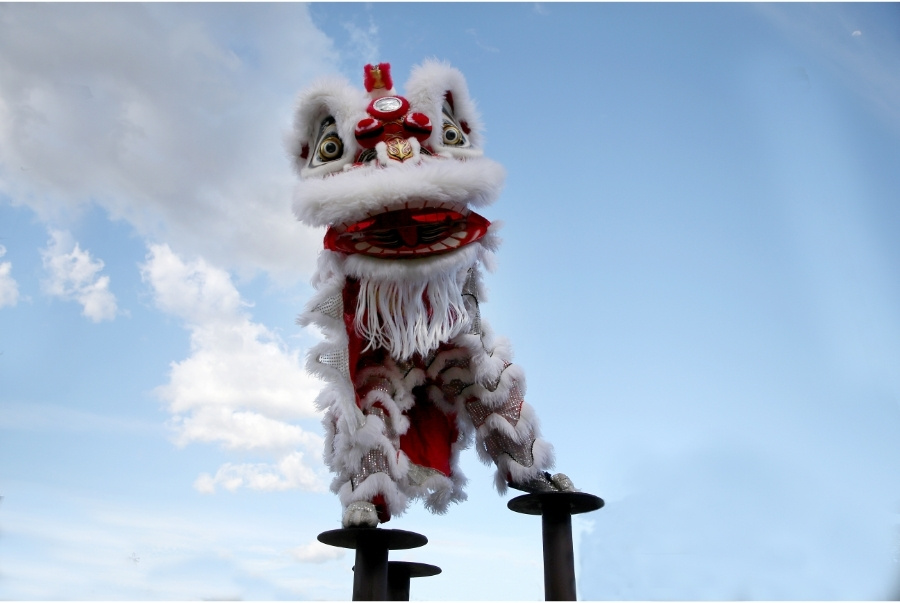
The lion dance is most prominent during Chinese New Year. Given the widely spread holiday spanning two weeks, the lion dance is seen almost everywhere – at homes, offices, malls, parks, temples, and even on the streets.
The lion dance is also commonly seen at new business openings. Store owners invite a team of lion dancers to perform at the opening to bring in good luck, prosperity, and more business.
Though not the same thing as the lion dance, the similar Tai Hang Fire Dragon Dance is worth mentioning. This annual event occurs during the Mid-Autumn Festival, with origins borne out of tumultuous times in 19th century Hong Kong.
Lion dances around the world
The lion dance grew in popularity since its aforementioned origins, spreading to other parts of Asia and even worldwide through the Asian diaspora.
In Korea, the lion dance (a.k.a. Bukcheong lion dance) is less a dance and more a folk play. It hails from the Bukcheong region in North Korea featuring two people dressed in a brownish costume with a lion mask conducting the powerful moves of a lion. The dance is performed alongside music played from a bamboo recorder and is followed by other dance performances by adults and children.
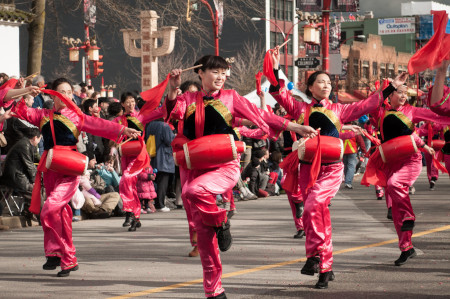
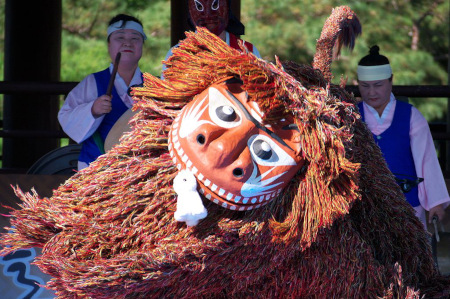
In Vietnam, the lion dance bears similar, if not the same, resemblance to the Chinese version of the lion dance.
In Tibet, the performance features a snow lion being a mythical creature as it’s represented on the Tibetan flag. The dance is playful and simple compared to the Chinese version.
All the lion dances across the different countries hold the symbolic meaning of ridding the community of bad luck and evil spirits, and bringing in good luck and prosperity.
Header image credits: Kurayba via Flickr




Add comment